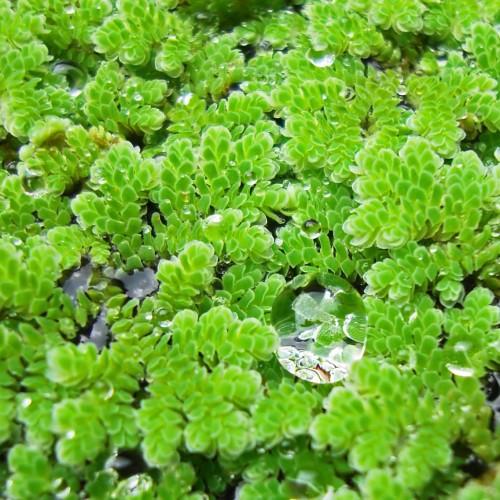
Mosquito Fern
Azolla caroliniana
Also Known As - Carolina MosquitofernWatering:
Minimal
Hardiness Zone:
Sun:
full sun,part shade
Leaf:
Yes
Growth Rate:
Low
Care Level:
Medium
watering
Downy alpine oatgrass requires minimal watering and should be watered only when the soil looks dry. Generally speaking, this plant should be watered about once a week during the growing season – spring and summer – and not at all during the fall and winter. However, depending on where the plant is located and the weather conditions, watering needs may vary. Therefore, it's important to check the soil before watering and only water if the soil appears dry.
sunlight
Downy Alpine Oatgrass is native throughout the mountain regions of Central and Southern Europe, along with a range of other habitats in the region. This hearty plant prefers to grow in full sunlight but can also tolerate some shading in moderate climates. The plant should receive 8 to 10 hours of direct sunlight each day to ensure healthy growth and blooms. In higher altitude or northern regions, it may be wise to provide a bit more shade during the hottest summer months to prevent the plant from drying out.
pruning
Downy Alpine Oatgrass (Avenula pubescens) should be pruned in late winter to early spring, just as vegetation starts to emerge. Cut back the previous year’s growth down to 2 to 4 inches above the ground. This should be done while the plant is still dormant, not actively growing, to ensure that any new growth is not harmed. Pruning too much at once can damage the plant, so removing too much at once is not recommended. Consider performing light pruning in the spring to remove any dead or damaged foliage for a healthier-looking growth.
